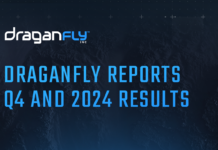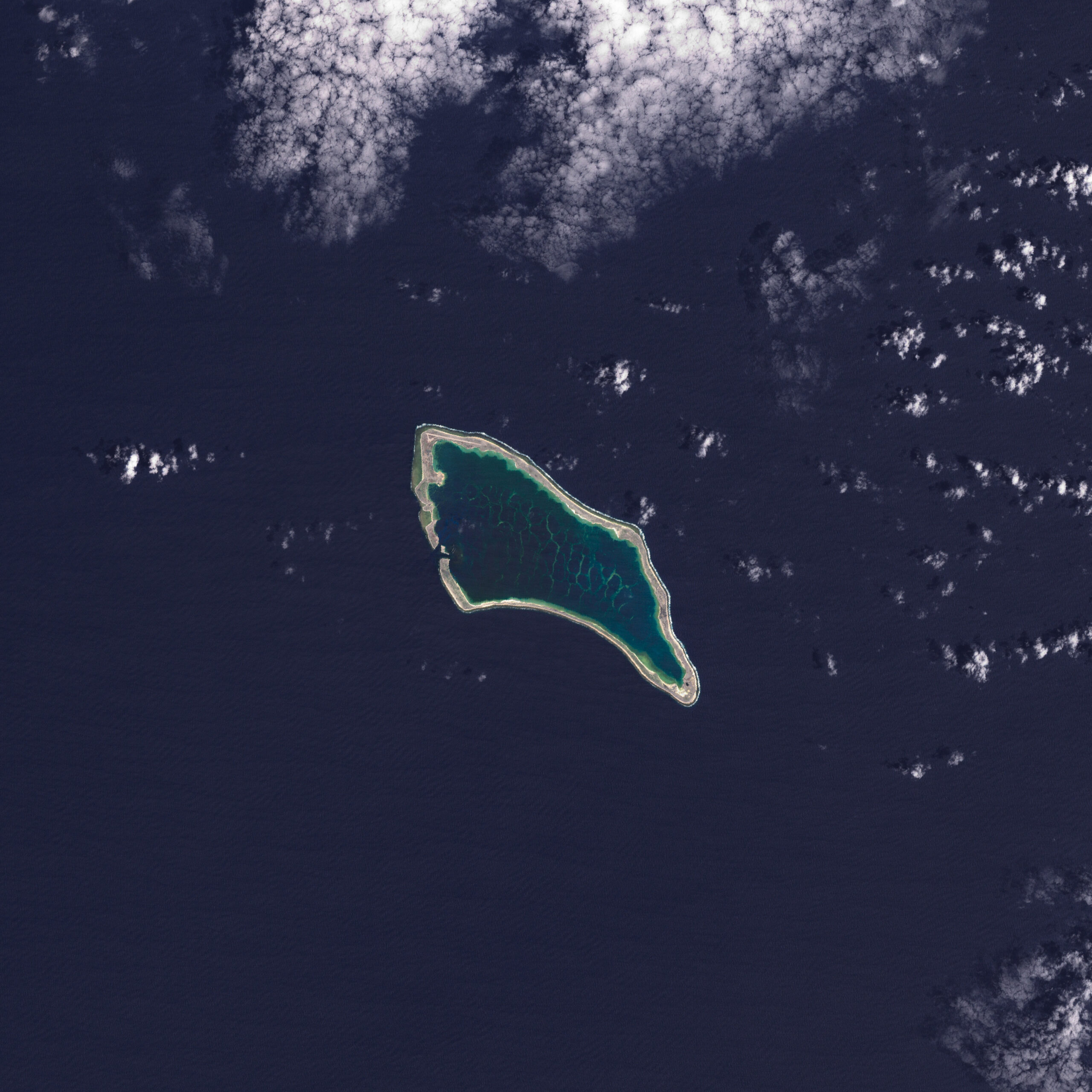Climate Change Accelerates Sea Level Rise in Pacific Island Nations
Climate change is significantly transforming regions around the world, and one of the most affected areas is the Pacific Islands, home to millions of people. According to a recent analysis by NASA’s sea level change science team, countries such as Tuvalu, Kiribati, and Fiji are expected to experience at least 8 inches (15 centimeters) of sea level rise within the next 30 years. This projection holds true regardless of future changes in greenhouse gas emissions.
NASA’s sea level change team conducted this analysis at the request of several Pacific Island nations, including Tuvalu and Kiribati, and collaborated closely with the U.S. Department of State. The analysis aims to give these nations the data they need to plan for and mitigate the impacts of rising sea levels.
In addition to the general analysis, NASA’s team has created high-resolution maps that show which areas of different Pacific Island nations will be at risk of high-tide flooding by the 2050s. High-tide flooding, also known as nuisance flooding or sunny day flooding, is expected to become a frequent occurrence. These maps, released on September 23, detail the flooding potential under various emissions scenarios, ranging from best-case to worst-case.
“Sea level will continue to rise for centuries, causing more frequent flooding,” said Nadya Vinogradova Shiffer, who directs ocean physics programs for NASA’s Earth Science Division. “NASA’s new flood tool provides a clear picture of what the increase in flooding frequency and severity will look like for the coastal communities of the Pacific Island nations in the coming decades.”
Researchers from the University of Hawaii, in collaboration with scientists from the University of Colorado and Virginia Tech, led the team that developed these flood maps. They initially focused on Kiribati, Tuvalu, Fiji, Nauru, and Niue, but plan to create high-resolution maps for other Pacific Island nations in the near future. These maps will help these countries decide where to focus their mitigation efforts.
Grace Malie, a youth leader from Tuvalu involved with the Rising Nations Initiative, a United Nations-supported program, emphasized the importance of this data. “Science and data can help the community of Tuvalu in relaying accurate sea level rise projections,” Malie said. “This will also help with early warning systems, which is something that our country is focusing on at the moment.”
The analysis by NASA’s sea level change team also found that the number of high-tide flooding days in an average year will increase significantly for nearly all Pacific Island nations by the 2050s. Some of this information was included in a sea level rise report published by the United Nations in August 2024.
For instance, areas of Tuvalu that currently experience fewer than five high-tide flood days a year could see an average of 25 flood days annually by the 2050s. Similarly, regions of Kiribati that now have fewer than five flood days annually could face an average of 65 flood days each year by the 2050s.
“I am living the reality of climate change,” said Malie. “Everyone in Tuvalu lives by the coast or along the coastline, so everyone is heavily affected by this.”
Flooding in island nations can result from ocean water inundating land during storms or exceptionally high tides, known as king tides. It can also occur when saltwater intrudes into underground areas, pushing the water table to the surface. “There are points on the island where we will see seawater bubbling from beneath the surface and heavily flooding the area,” Malie added.
Sea level rise is not uniform across the globe. A combination of global and local factors, such as the topography of a coastline and the distribution of glacial meltwater in the ocean, influences the amount of rise a specific region will experience.
“We’re always focused on the differences in sea level rise from one region to another, but in the Pacific, the numbers are surprisingly consistent,” said Ben Hamlington, a sea level researcher at NASA’s Jet Propulsion Laboratory in Southern California and the lead of the agency’s sea level change science team.
The impacts of 8 inches (15 centimeters) of sea level rise will vary from one country to another. For example, some nations could experience nuisance flooding at their airports several times a year, while others might face frequent neighborhood flooding, equivalent to being inundated for nearly half the year.
Researchers aim to combine satellite data on ocean levels with ground-based measurements of sea levels at specific points, as well as better land elevation information. “But there’s a real lack of on-the-ground data in these countries,” said Hamlington. The combination of space-based and ground-based measurements can provide more precise sea level rise projections and a better understanding of the impacts on Pacific nations.
“The future of the young people of Tuvalu is already at stake,” said Malie. “Climate change is more than an environmental crisis. It is about justice, survival for nations like Tuvalu, and global responsibility.”
For more information on the high-tide flooding maps for Pacific Island nations, visit [NASA’s Sea Level Change Portal](https://sealevel.nasa.gov).
This analysis by NASA underscores the urgent need for global action to mitigate climate change and support vulnerable communities. The data and tools provided by NASA are invaluable for Pacific Island nations as they navigate the challenges posed by rising sea levels. By understanding the potential impacts and planning accordingly, these nations can take steps to protect their people, heritage, and future.
For the original news article, visit [NASA’s website](https://www.nasa.gov/earth/climate-change/nasa-analysis-shows-irreversible-sea-level-rise-for-pacific-islands).
For more Information, Refer to this article.


































